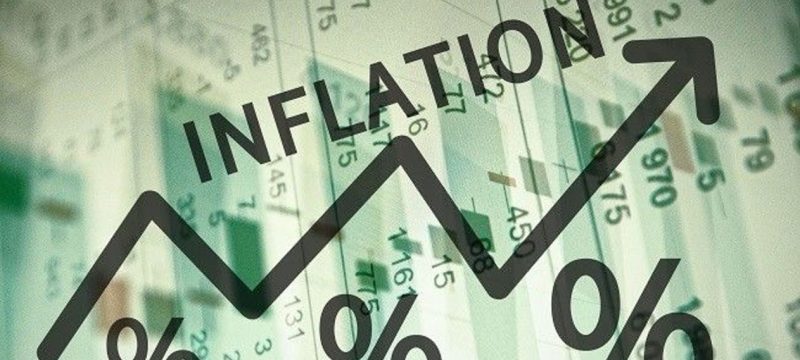Gold prices edged higher in Asian trade on Wednesday, recouping some of the previous day’s losses. This was partly due to stronger-than-expected U.S. consumer price index (CPI) data, which boosted the dollar and dampened expectations of a near-term interest rate cut. The rise in gold prices, while modest, highlighted the ongoing safe-haven demand driven by global uncertainties.
Spot gold increased by 0.4%, reaching $3,339.26 per ounce, while gold futures for September rose by 0.3%, settling at $3,345.40/oz by 01:32 ET (05:32 GMT). Despite this, gold remains within a narrow $3,300-$3,500/oz trading range, consistent with the pattern seen over the past three months. The yellow metal struggled to make significant gains, with some traders speculating that gold was overbought following its record highs in April.
While gold showed slight recovery, other precious metals like platinum and silver continued to outperform. Platinum and silver saw a significant rise in recent months, reaching decade-high levels. This was partly driven by traders looking for more reasonably priced alternatives to gold and expectations of tightening supplies. However, both metals experienced a pullback this week, influenced by diminishing expectations that the Federal Reserve (Fed) would soon reduce interest rates.
The CPI data for June showed stronger-than-expected inflation, raising concerns that inflation may be “sticky” and not easily dissipating. This came amid broader concerns about the impact of U.S. President Donald Trump’s trade tariffs. The CPI print added fuel to these concerns, contributing to a firm dollar, which hit a three-week high on Tuesday. The strength of the dollar continued to put pressure on metal prices, as a stronger greenback makes metals more expensive for holders of other currencies.
CPI data continues to play a critical role in shaping the market outlook. With inflation concerns mounting, the Fed has maintained its stance on keeping interest rates unchanged until further clarity emerges, particularly regarding the impact of trade tariffs. The CPI data, which is widely considered a key inflation indicator, is likely to influence the Fed’s future decisions on interest rates.
This week’s CPI data has also intensified calls from President Trump and his supporters for a change in Fed leadership, with some pushing for Chair Jerome Powell’s departure and for interest rates to fall. As inflationary pressures rise, the outlook for both precious metals and the broader economy remains uncertain, with market participants closely watching the Fed’s response to the evolving situation.
For more details on Pakistan’s economic outlook, check out our latest article on ADB’s 3% Growth Projection for Pakistan









